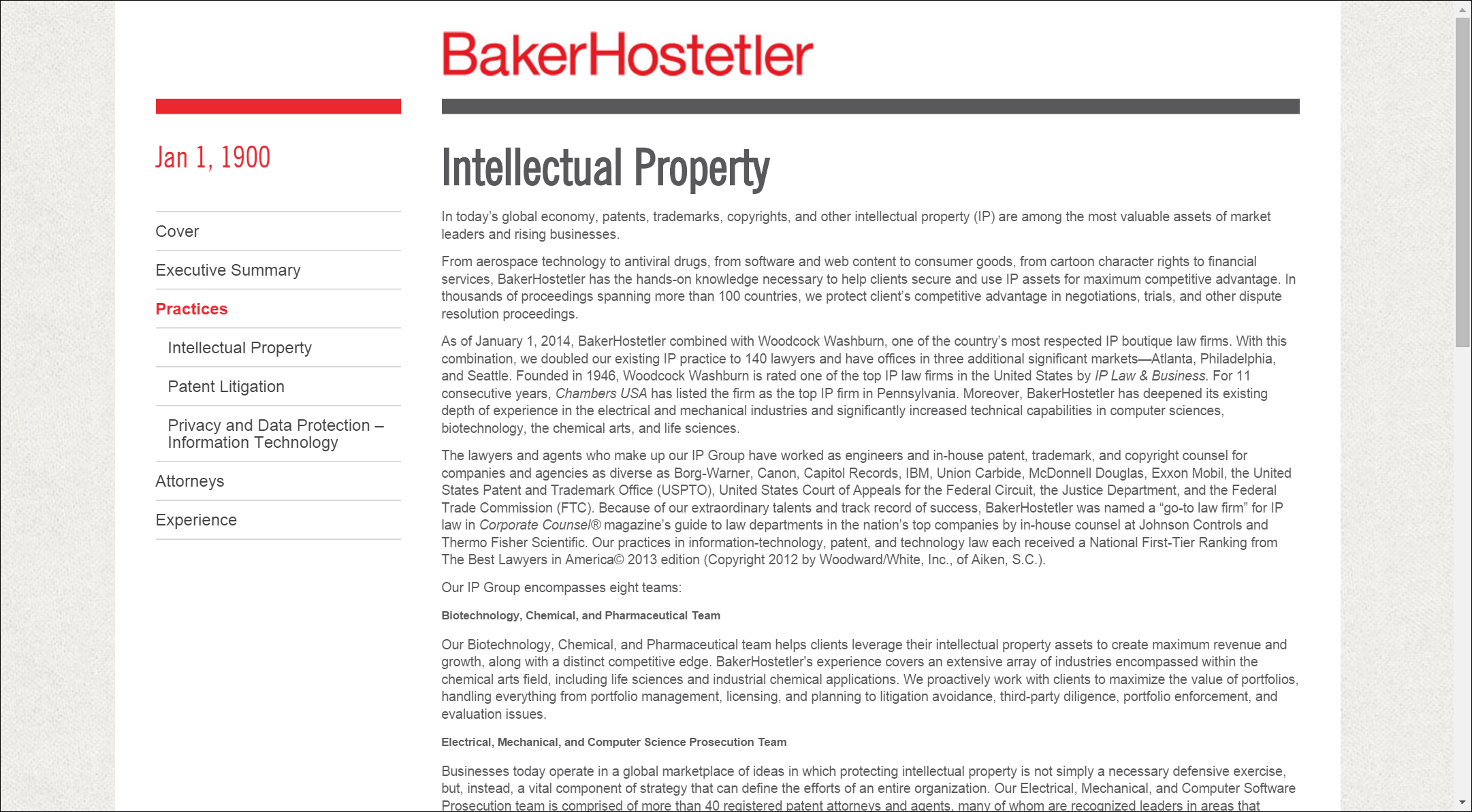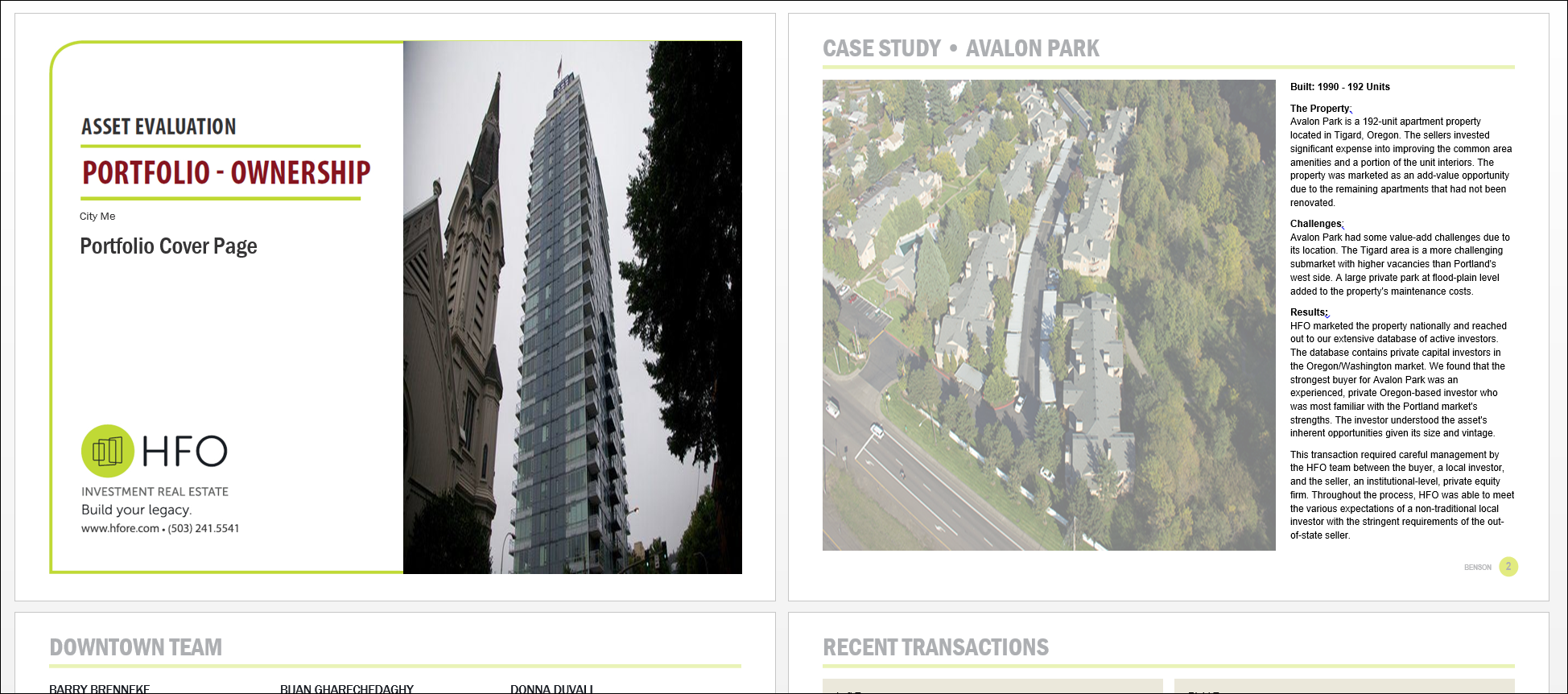Do you check email on your phone? Of course you do, and probably at all hours of the day and night, as does everyone else. Metrics show that at least 35% and as much as 70% of email is read on mobile devices, primarily phones. It also shows that email is read at night, early morning, and weekends. In fact, smart marketers know that these off-business hours are often the best time to put an email in front of a lead – when they are least distracted by the pressures of the workday and are most likely to read and engage with it.
So what does email have to do with proposals? Quite a lot. Most proposals are sent via email, as attached PDF documents, which means that many recipients are trying to read these documents on their phones and tablets. Recipients can opens these documents and even read them on their phones, but it is a less than impressive experience. It can be difficult to read a print-formatted PDF on a smartphone, and it is practically impossible to interact with it.
Online Proposals Are a Better Solution
Some automated proposal systems can create and publish secure online proposal websites. These online proposals engage clients in ways that PDFs can’t, because the format isn’t flat – it’s interactive.
Online proposals also provide a number of other important benefits for the client and the law firm.
Mobile First & Device Agnostic
PDF proposals can present a number of problems for recipients – one of which is compatibility. While your PDF proposal may display just fine using one brand of mobile PDF software, another brand may not be able to display the document correctly. It can be frustrating to read a PDF on a phone for this and other reasons.
Online proposal websites address this issue by providing a responsive format for viewing a proposal on any device type, be it phone, tablet, notebook, or desktop computer. This means that your recipient can easily read your proposal at any time, in any place. Responsive and adaptive design templates ensure compatibility, and no additional software is required.
Faster, Cleaner Presentation
Downloading a large, print-formatted PDF document can take time, especially while using mobile device connections. Waiting for a PDF to download in order to view it can be a minor inconvenience, but it’s still an inconvenience. Once downloaded, PDFs are significantly less responsive, and difficult to scroll through and search.
Online proposals handily meet all these issues. Proposal websites can be viewed without wait times, with pages loading almost instantly compared to PDFs. Scrolling through or searching a PDF is also an annoying experience, but online proposals provide simple navigation and search boxes to locate information quickly.

Figure 1 - Baker Hostetler online proposal
Metrics, Tracking, & CRM
When you send a PDF proposal you can’t tell if anyone is reading it or sharing it with others. PDF proposals are just emailed out to the client, and then the waiting begins. In contrast, online proposals can be tracked - meaning that you can see if a client has opened your proposal, which pages they viewed, and even if they shared the proposal with other people. You can also determine the type of device the recipient used to access the proposal, and how many times they viewed it. Information like this can give you an edge, helping you to gauge interest and determine when and how to follow up with the client.
Mobile Apps & Proposal Builders
While providing easy access for clients is important, it’s also important to give your attorneys and your marketing team easy access to tools that will help them to create and deliver proposals, and to monitor success. Mobile apps can connect to online proposal systems and enable teams to create simple pitches, deliver them online, monitor client access, and even report on wins and losses. Users can also search through an experience database to create a collection of relevant matters and transactions and then send it off to the client. Bios and vCards can be delivered to a lead in a few seconds. Marketing teams can be notified of new activity. Apps can provide a host of new opportunities for working with proposals and clients.
In the office, simplified proposal building tools can be connected to proposal software systems, providing attorneys and other employees with an easy way to create marketing documents and pitches for online or print delivery.
.png)
Figure 2 - Brochure generator for use by Katten attorneys and admin assistants
Clients Want Online Services
If the reasons above aren’t enough to convince you that online proposals are the future then consider this: people expect online services. Companies want, and often demand, that their vendors and service providers offer a range of online services. They also expect online offerings to improve and expand over time.
The availability of online services impacts decision-making when selecting a law firm. Sending a document to a client may seem like a basic and reasonable way to deliver information, but managing documents from multiple emails over time certainly puts the burden of organization on the client. Online delivery can provide a single and easily accessed location where the client can see a collection of materials that you’ve prepared and organized for them. They never have to search through old emails to try to find your document, and they can access and share all of their information from anywhere at any time. The path of least resistance is usually the path chosen.

Figure 3 - Proposal by HFO. Can be published in print or online.
Saturno Experience and Proposal Center (EPC) is a web-based software package for proposal automation and experience management. It includes a number of customizable tools developed specifically for marketers, business development teams, attorneys, and clients. EPC works with the software that you already use every day, like MS Word, MS Excel, web browsers, and mobile devices of all types. It also integrates with popular CRM systems. Learn more about Saturno EPC.